Note Taking 101 — Use Everything You Can to Capture Notes and Succeed
O.K., this has to be qualified that this is not an instruction of what note style to use, the way to write notes, or even how you should format them. It is merely going to give you guidance to use ANY method possible to capture notes so you can be more successful in your work or home life.
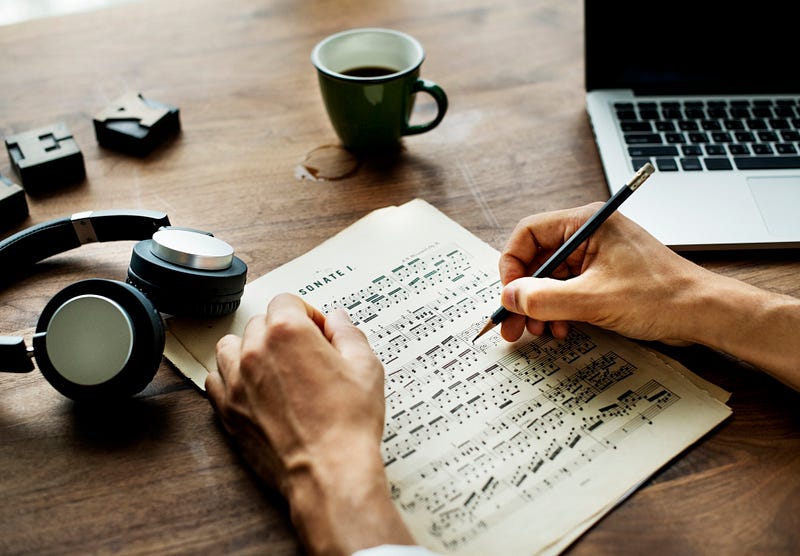
Aging sucks. I remember (or imagine) the days when I did not have to take notes for anything. The mind was a steel trap. Everything that went in was burned in; nothing forgotten — or so I thought. I was able to stumble through the early days of my career by not taking prodigious notes, but I do not suggest it becoming a habit for those coming into their working lives.
Let me make it easy for you:
Get a pen or a pencil and a notebook — any. Steno pad. Legal pad. Engineering graph paper. Composition book (they are $0.50US). Mini Memo Pad. Black n’ Red. Rocketbook. Post-it Notes. Napkins. The palm of your hand. Anything you can write on, although I think a coconut may be a bit of a reach but can be used to save your life. These tools never run out of batteries and are ubiquitous.
Now start writing every chance you get. In every meeting and on every phone call. At home and at work. This will allow you to be more effective at completing tasks every day.
When you physically write something down, it makes it more memorable. Not typing. Writing, the old-fashioned way. By writing the notes down by hand gives better long-term memory retention than those that (do not take notes at all) use a keyboard to take notes. It is believed that the mechanical action of taking notes by hand forces a deeper interaction with the information as your brain processes the information. You can write longhand, shorthand, print neatly in block letters, or cursive, whatever works.
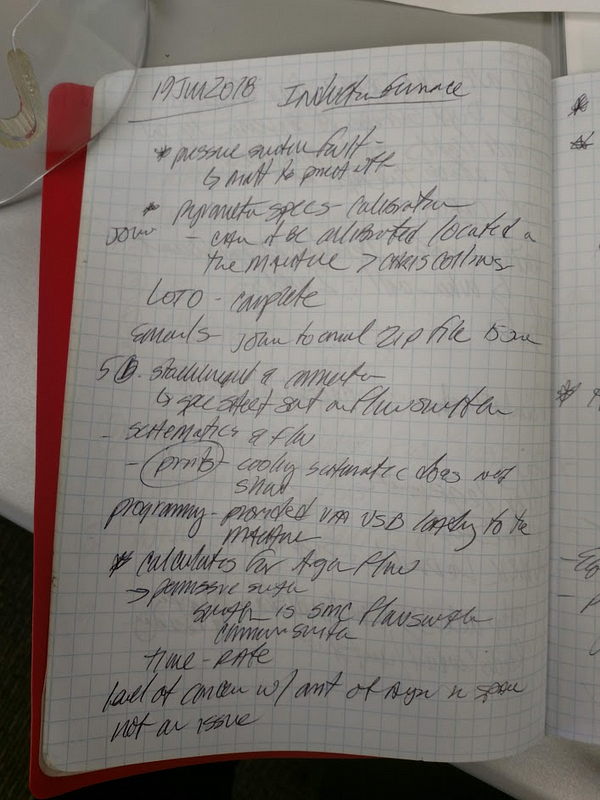
It also makes it easier if you need to cartoon an idea: the flexibility of sketching something on paper is way easier than trying to figure out how to set the graphics images on a computer or phone. Pictures are worth 1000 words sometimes too!
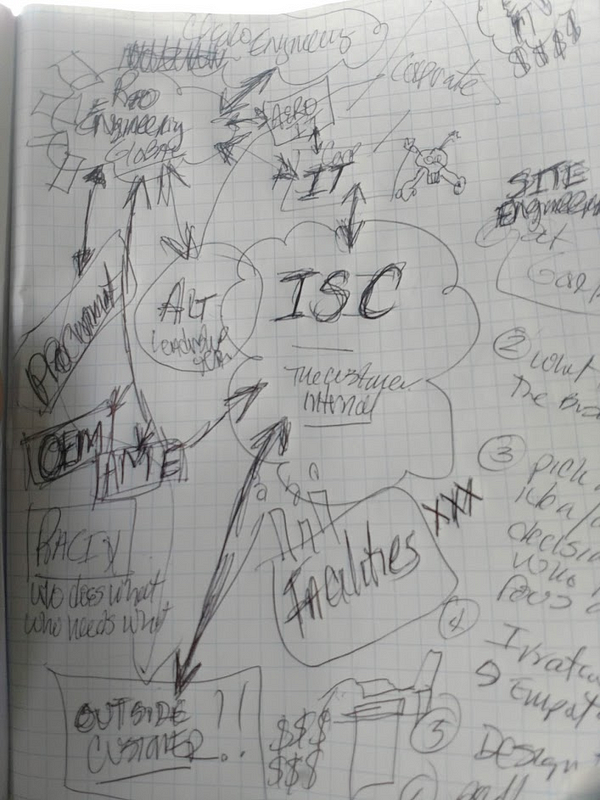
The writing utensils described above are my favorites. I enjoy the feel of the pen and the way it flows across the paper. I use a fisher Space Pen — have since my military days and it has never failed me, except when I run out of ink. Yet, I always have a refill in my bag and the pressurized cartridge is clean. With the pencil, I prefer those that are cedar-based with a good solid graphite “lead”- typically a 2B or 3B — that are centered in the hexagonal wood like a Blackwing (it really is an awesome pencil) are great to write with. Plus they smell good.
Paper notebooks in any form are good. I used many engineering graph paper pads in my earlier career, then moved to steno notebooks, consuming dozens yearly. I like steno books because the binding is at the top and you can write edge-to-edge. Yet some of the fancier hardbound notebooks like black n’ red are great for formal use, like patent notes. They have their purpose, but I have historically used the more consumable versions. I have used Staples Arc for the past six years, yet I am considering a change to more technological solutions like the Rocketbook Everlast. It combines old-fashioned handwriting on a special “paper” that you then scan with your phone and route it electronically to the storage you indicate on the page.
Quick tips when making notes:
- Always put the date that you create the note. It allows you to come back later and review it when you need to reference your notebook depending on the fading memory of when you wrote the notes
- Bullet, number, or asterisk the entries — makes it easier to indicate breaks in topics
- Indicate Who Does What by When — ‘nuff said
- You can send the notes via a picture at the end of the meeting, or you can use it as a tool to come back and write your memorandum and email later
The last thing to note — pun intended — you can use ANY technology you see fit. Whatever it takes to capture those notes, random thoughts and those pesky-yet-necessary details discovered at the moment by any means available at your use. Lately, I have been using more voice-recorded notes that are transcribed via the Google transcription engine. You can use Microsoft, or iOS or any tool that is available to you. One thing I have been using a lot lately is Google Keep — very similar to Evernote. It is a quick way to capture notes when I am walking two-150 pound dogs, or driving to work.
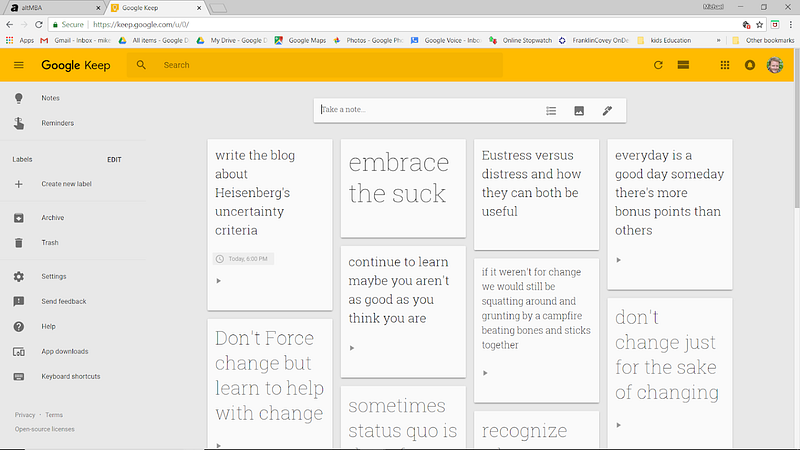
I also have been using voice typing (transcription) embedded in Google Docs. It allows me to get something done when I am away from the computer screen and keyboard. It works in both the mobile version on your phone or the desktop version online. Using each of these tools allows me the opportunity to address and capture notes without trying to whip out my notebook and pen while my dogs are dragging me through cactus and brambles to chase rabbits.
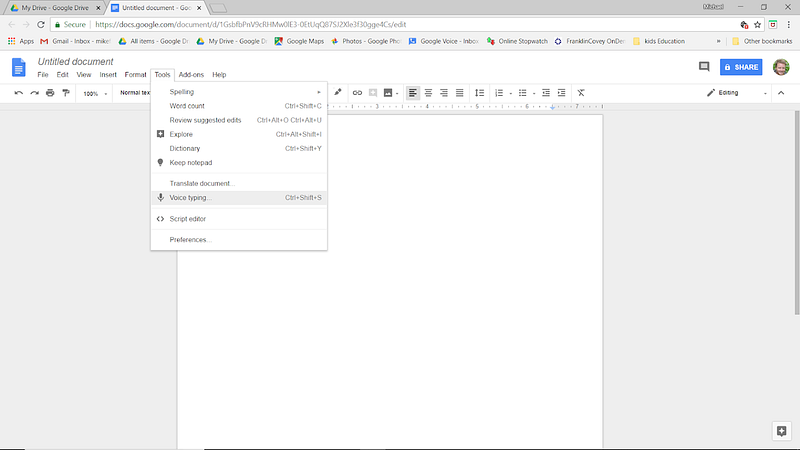
Now you have the tools, go start taking notes. Now.
Go forth, be brilliant.
Comments
Post a Comment